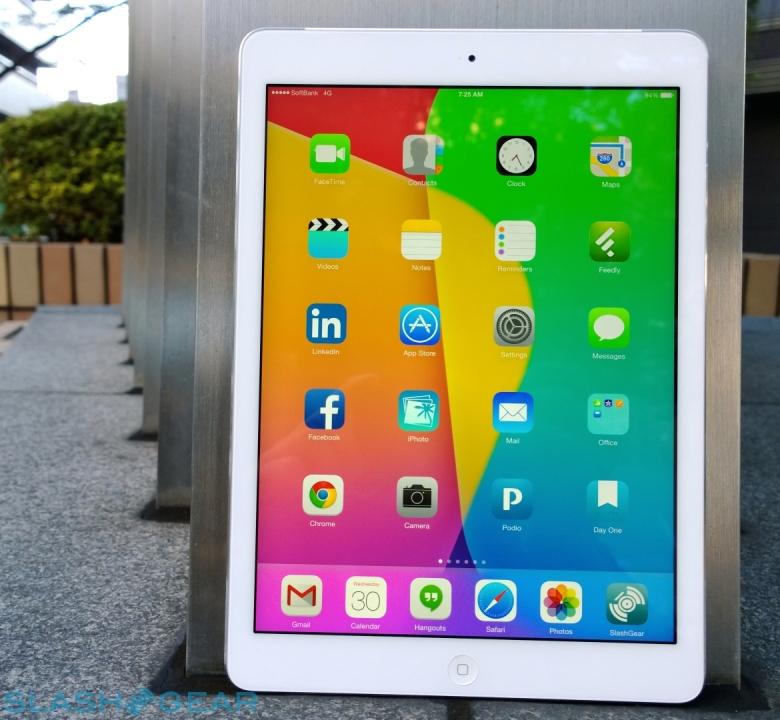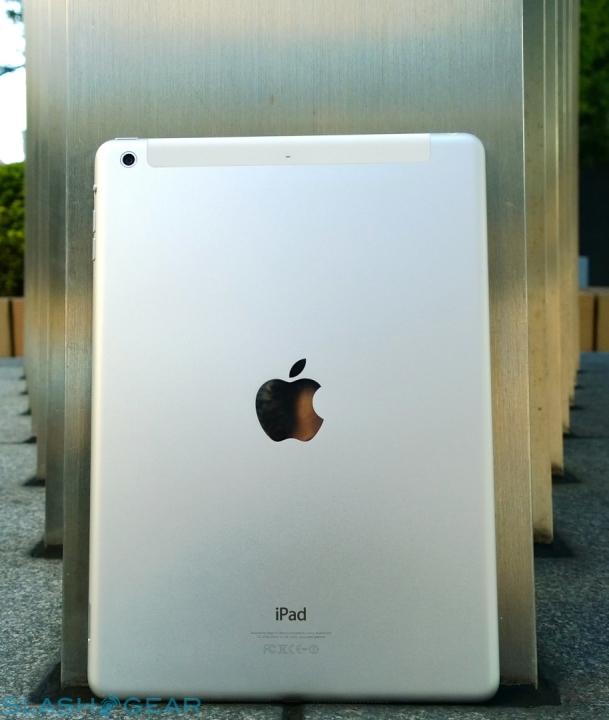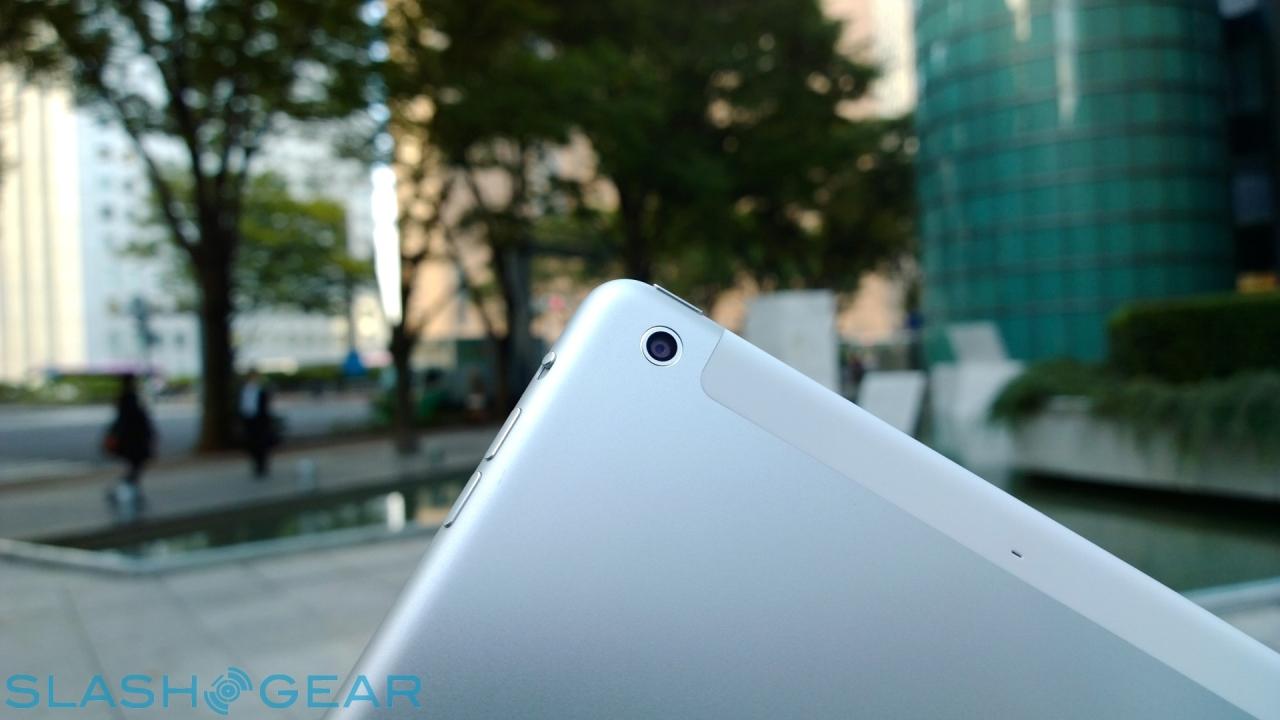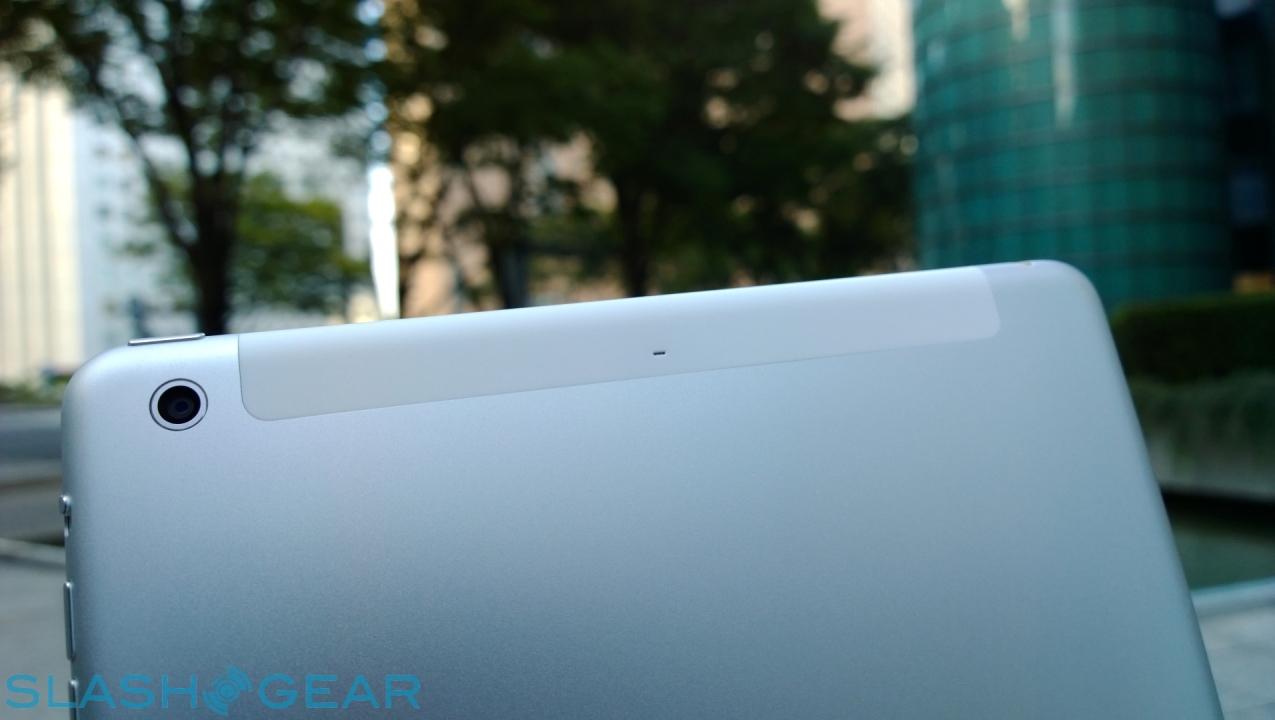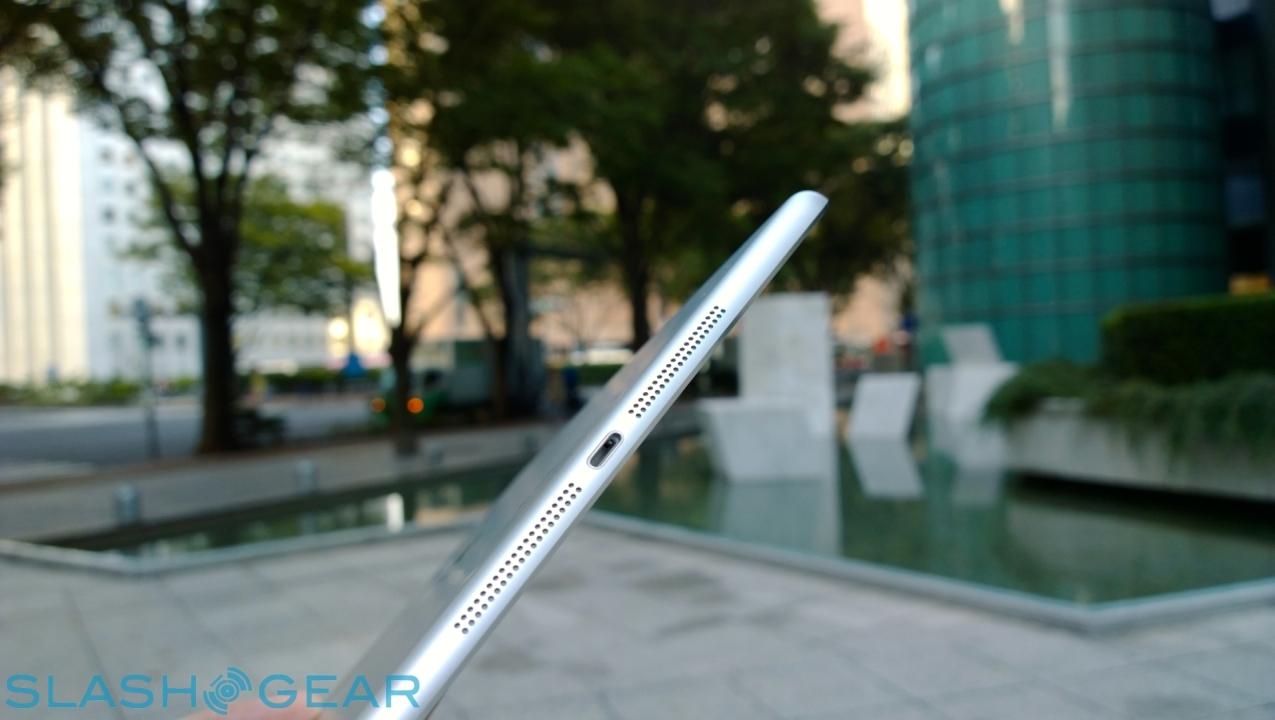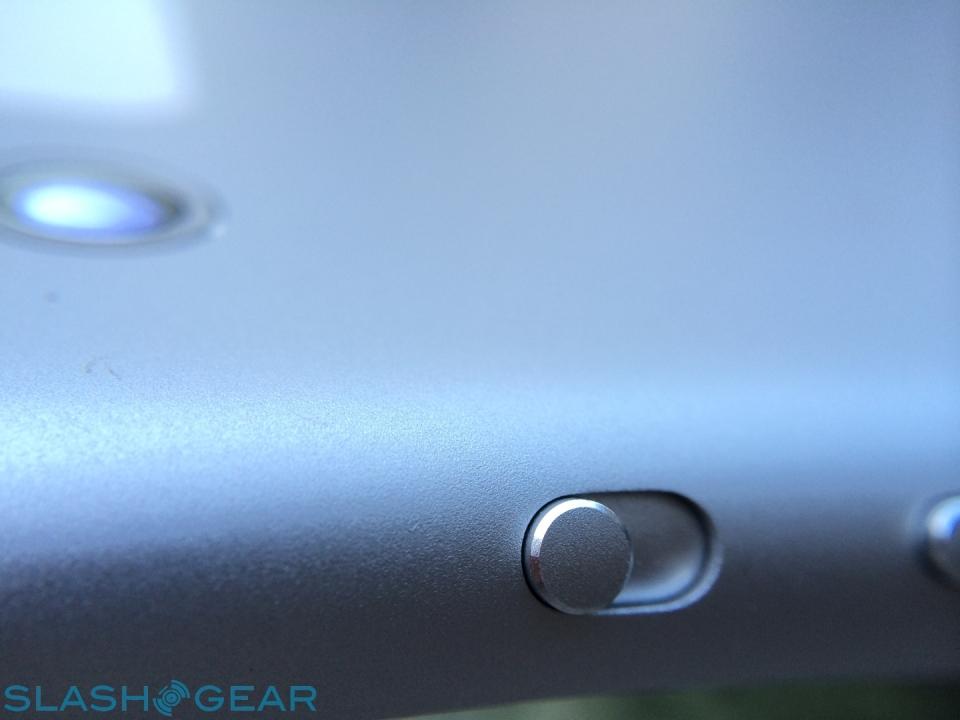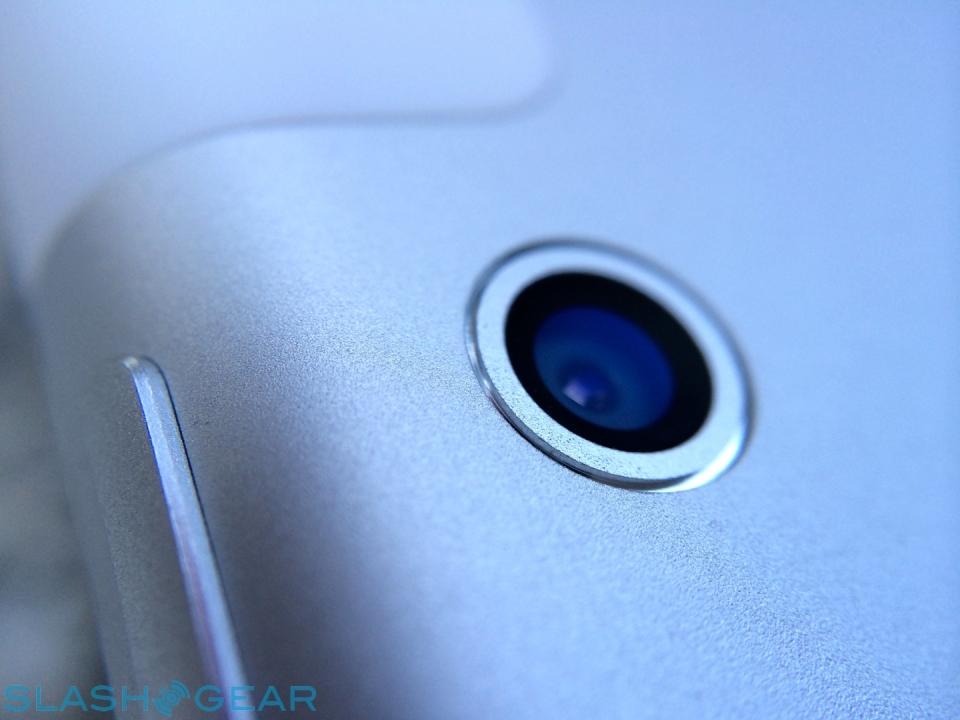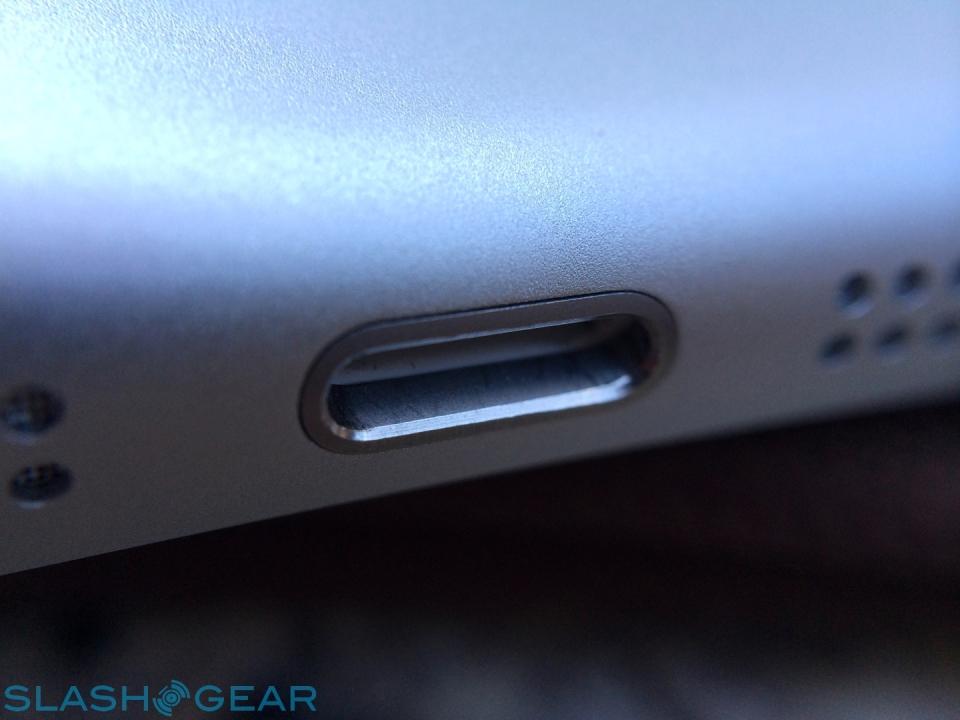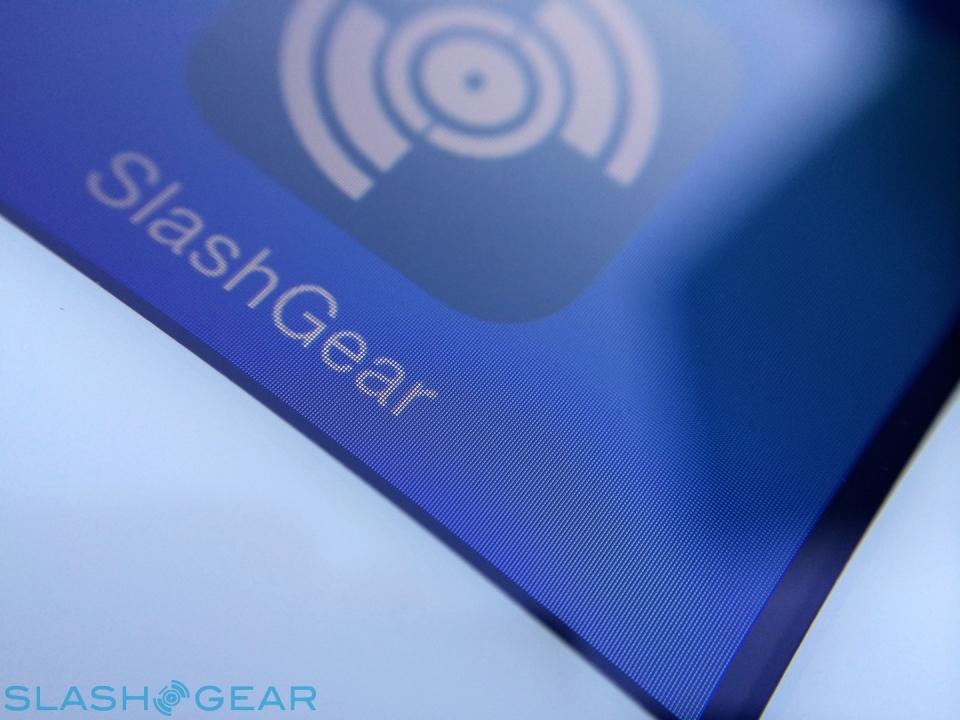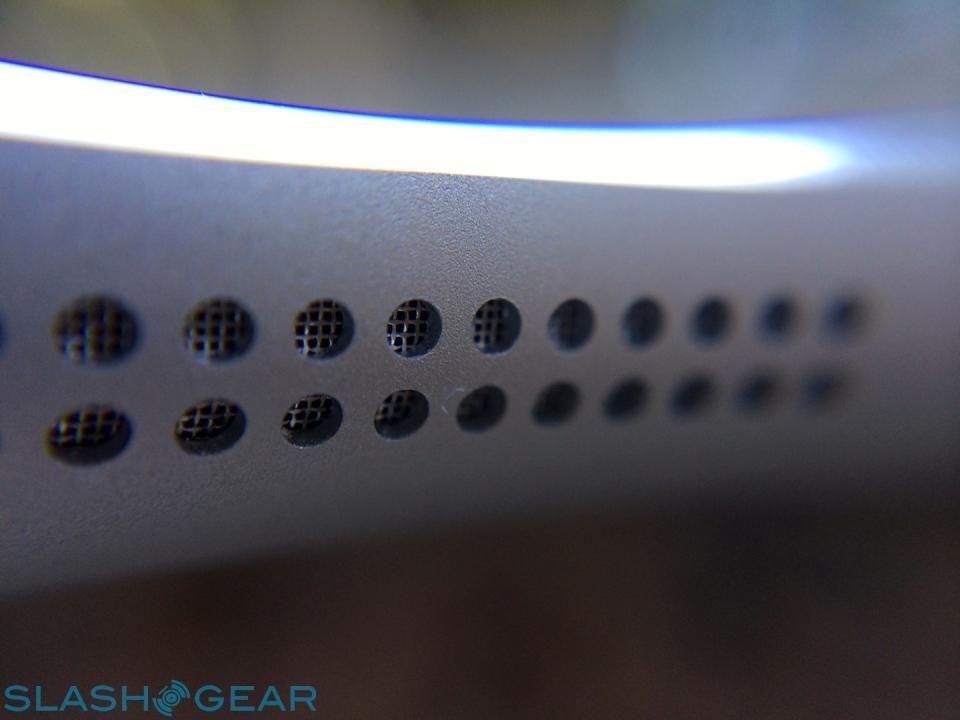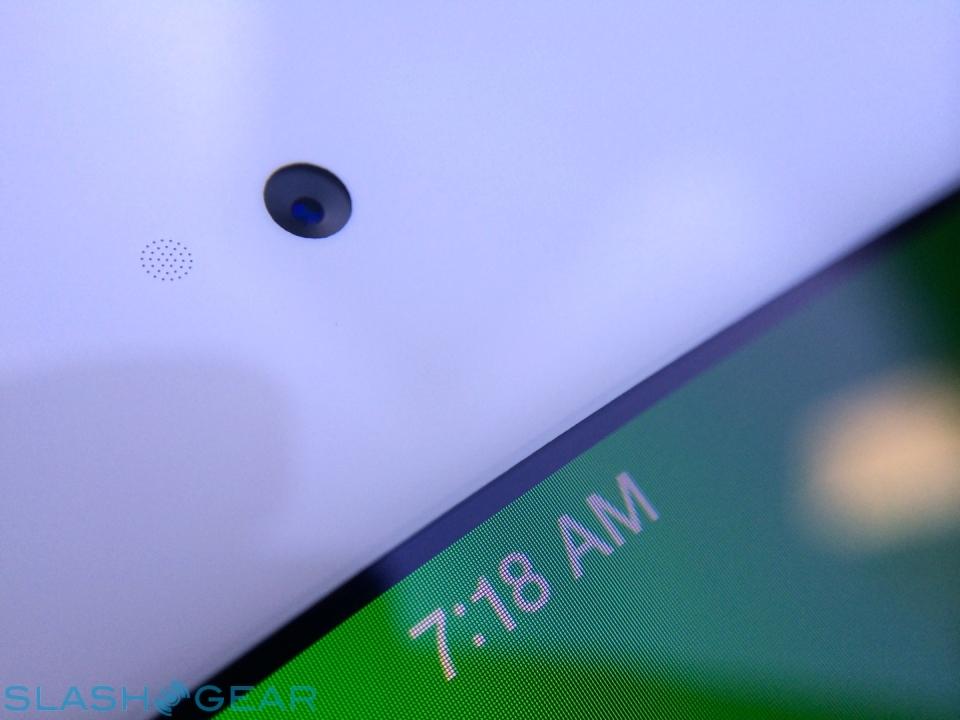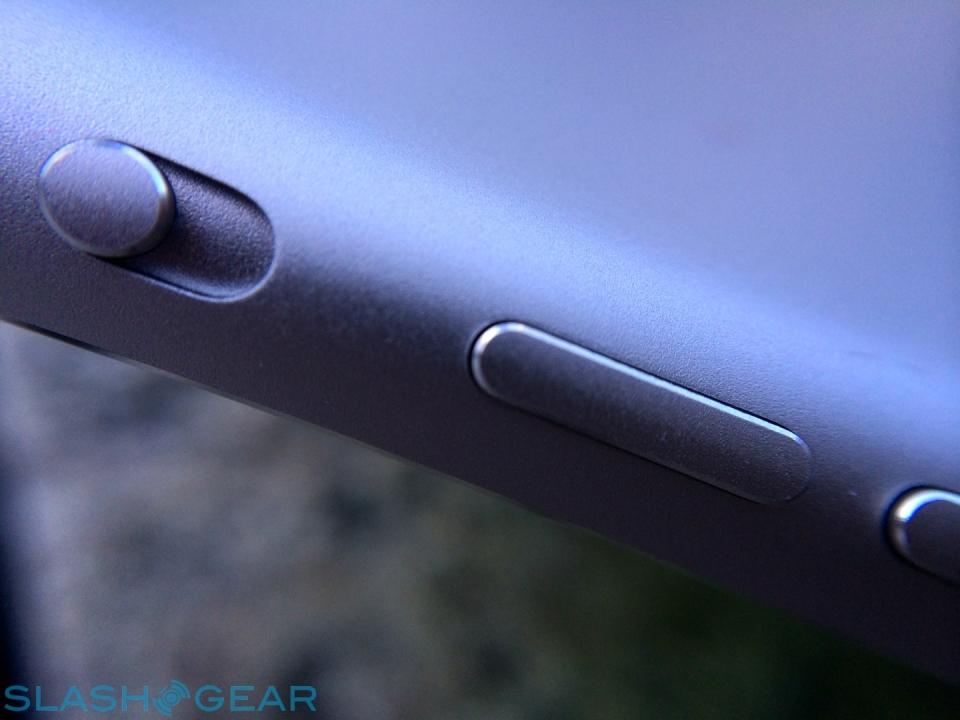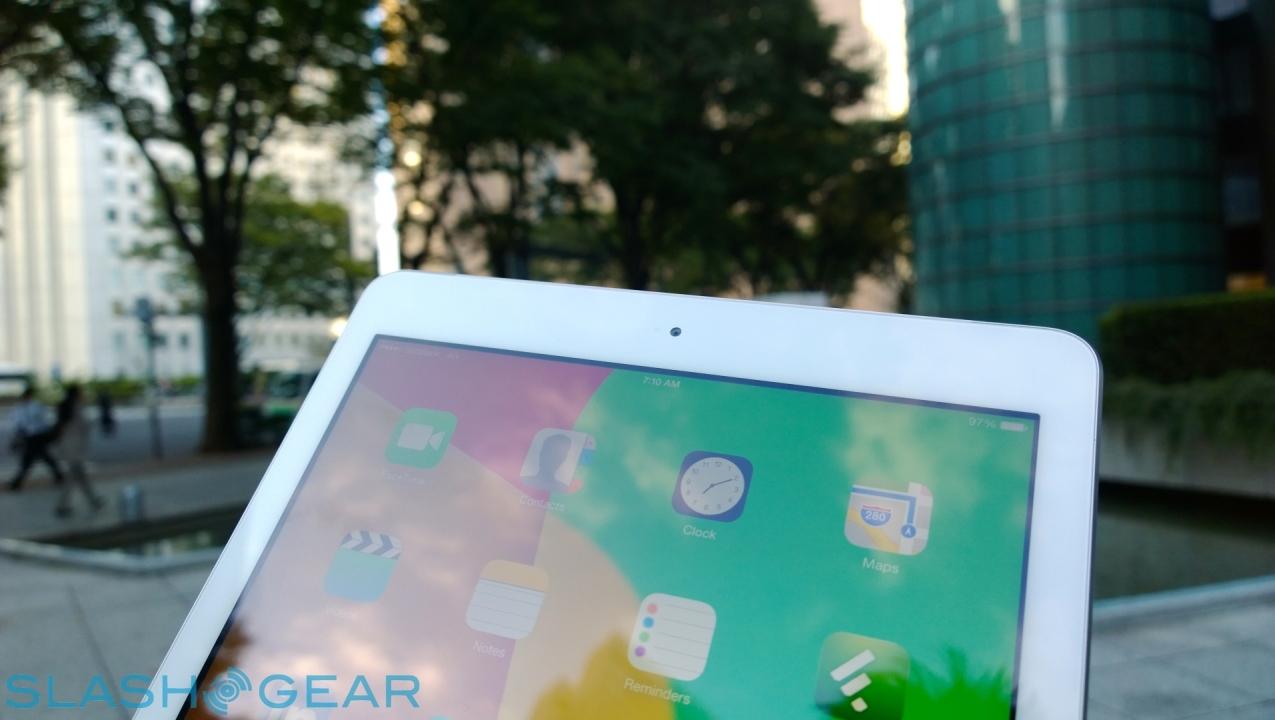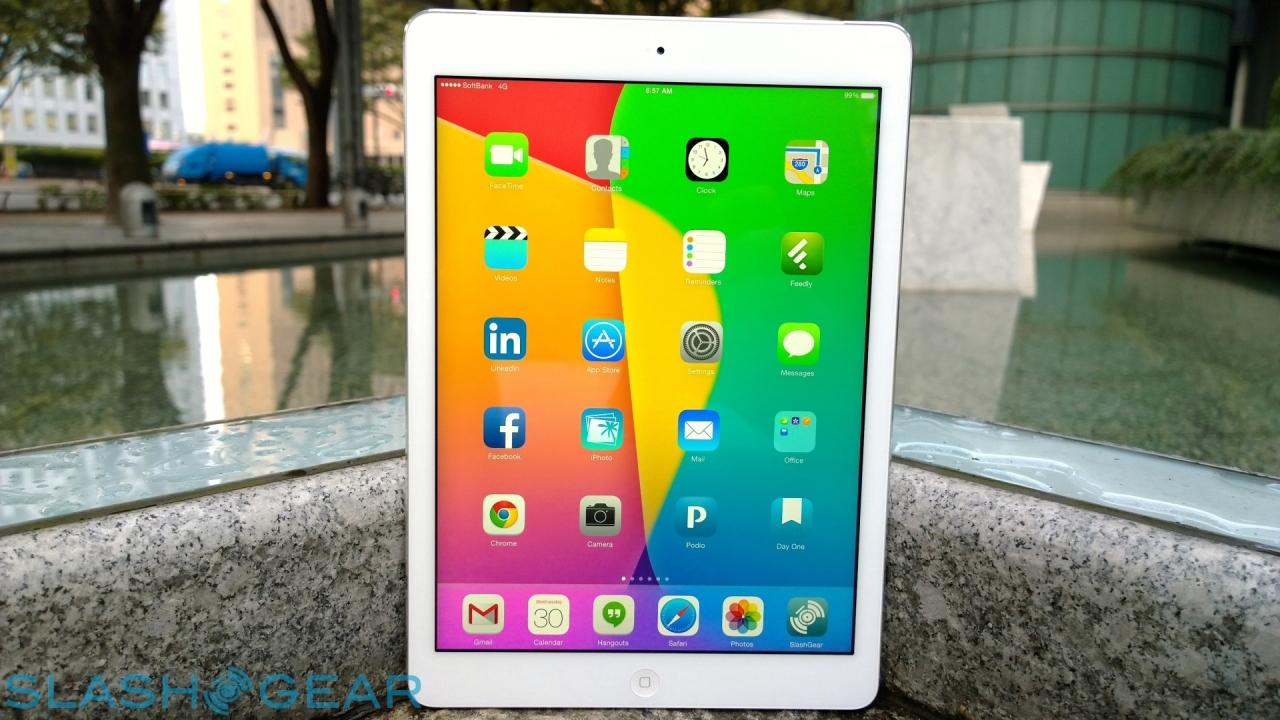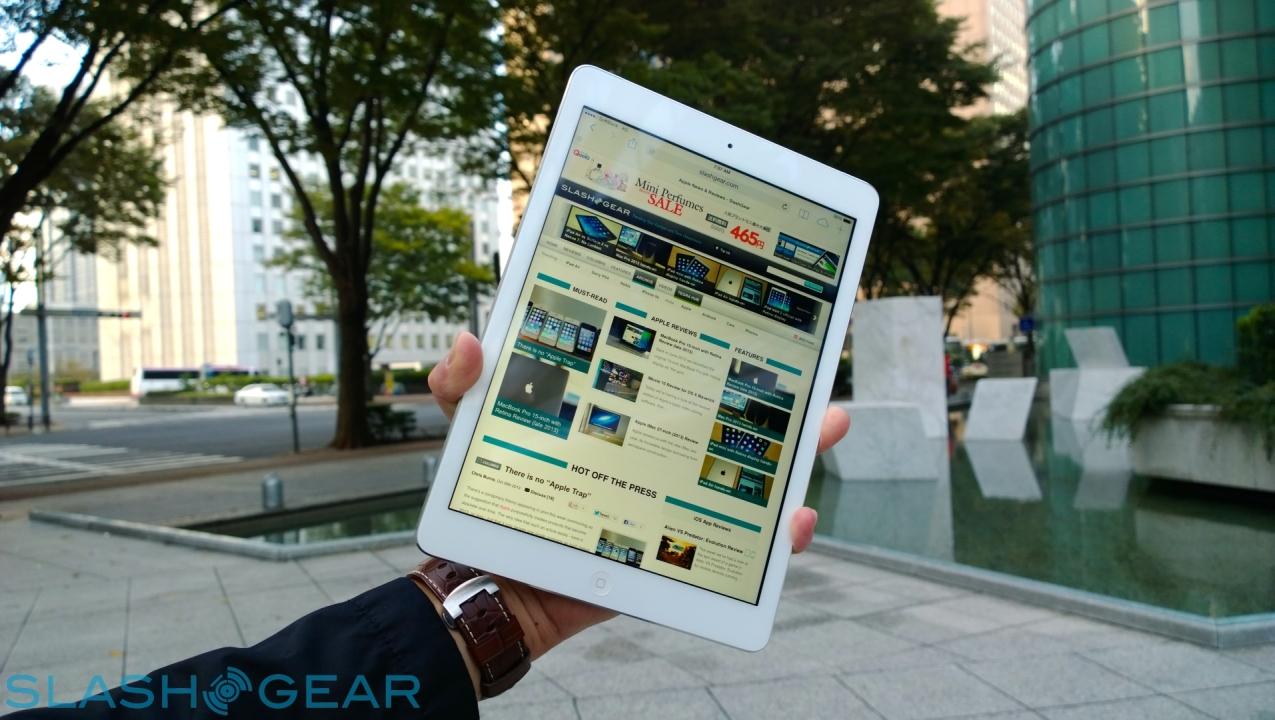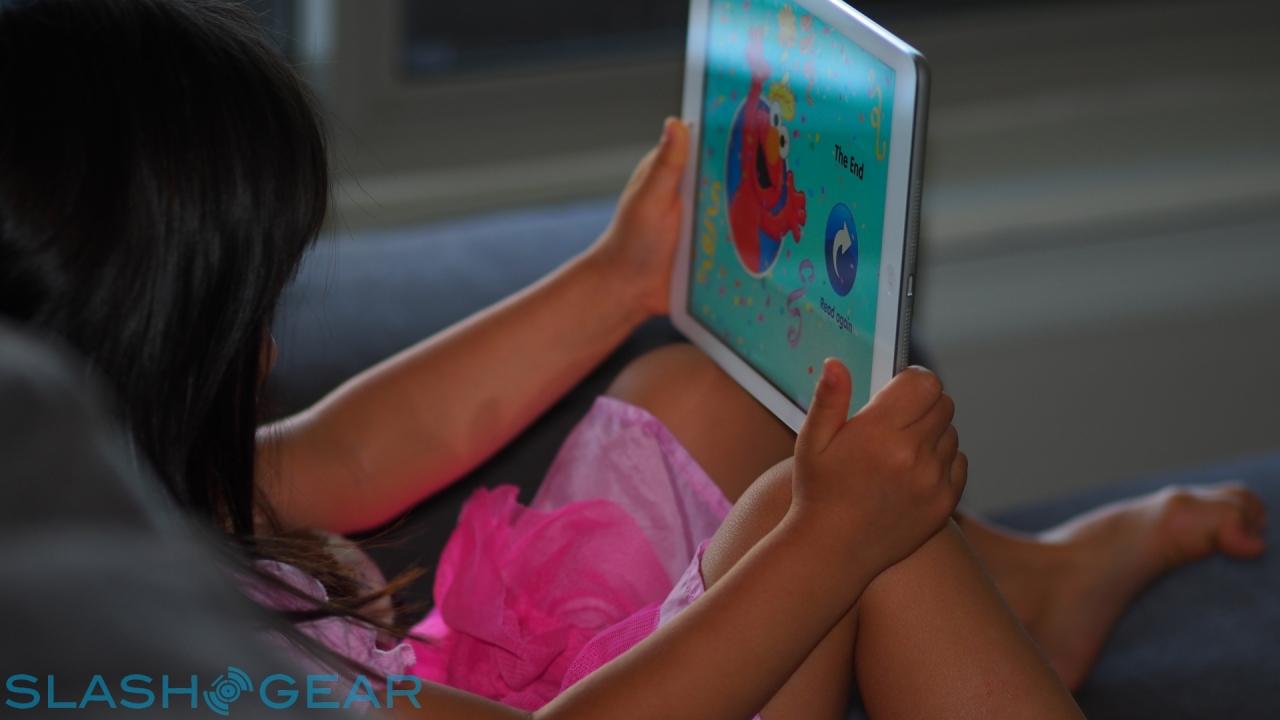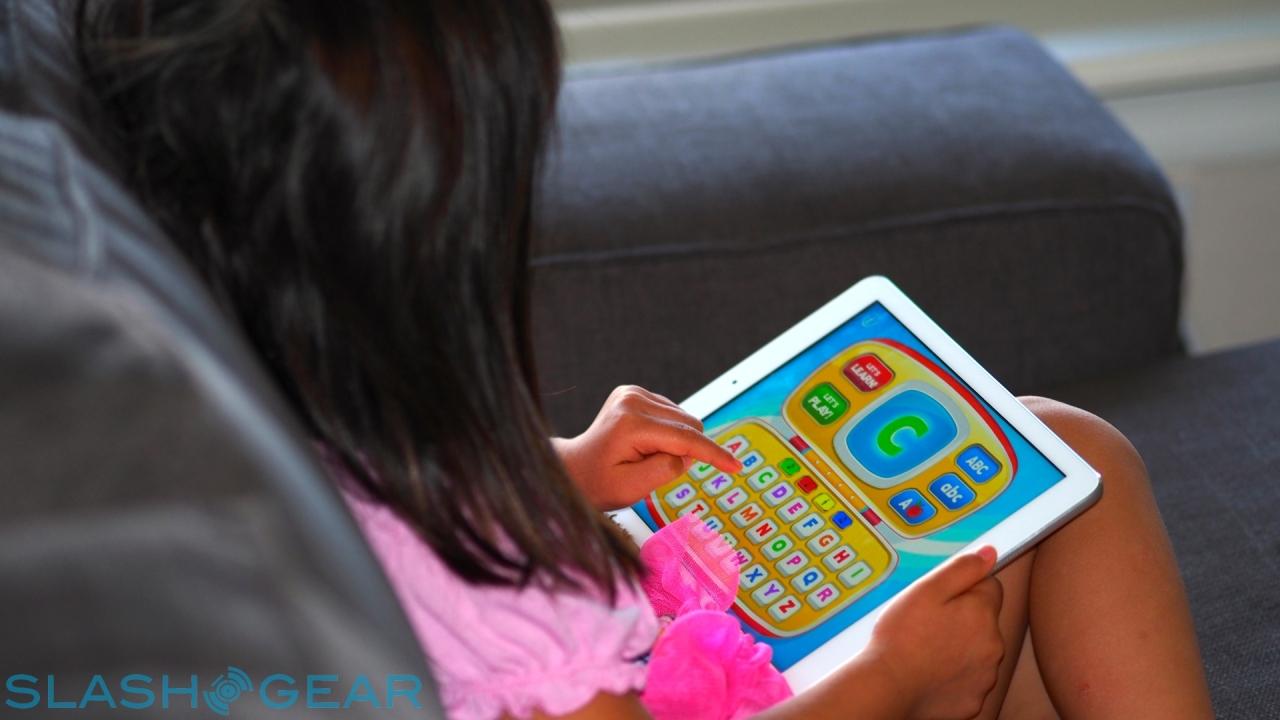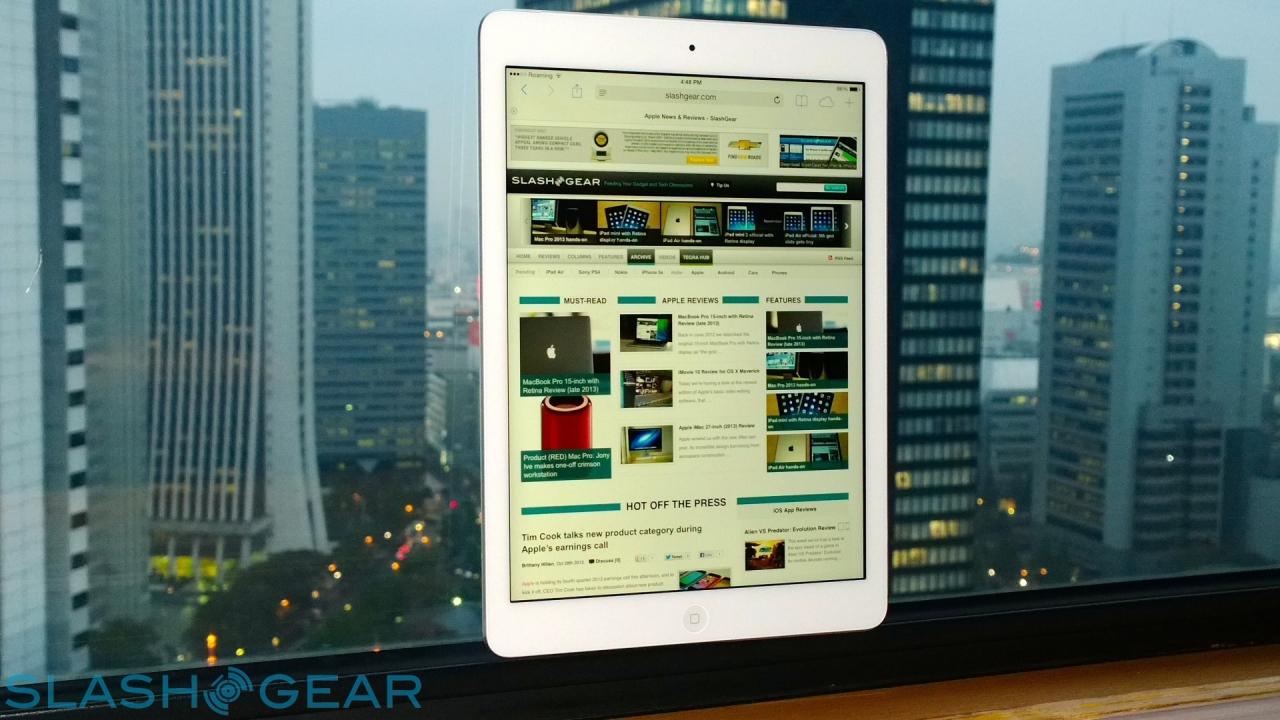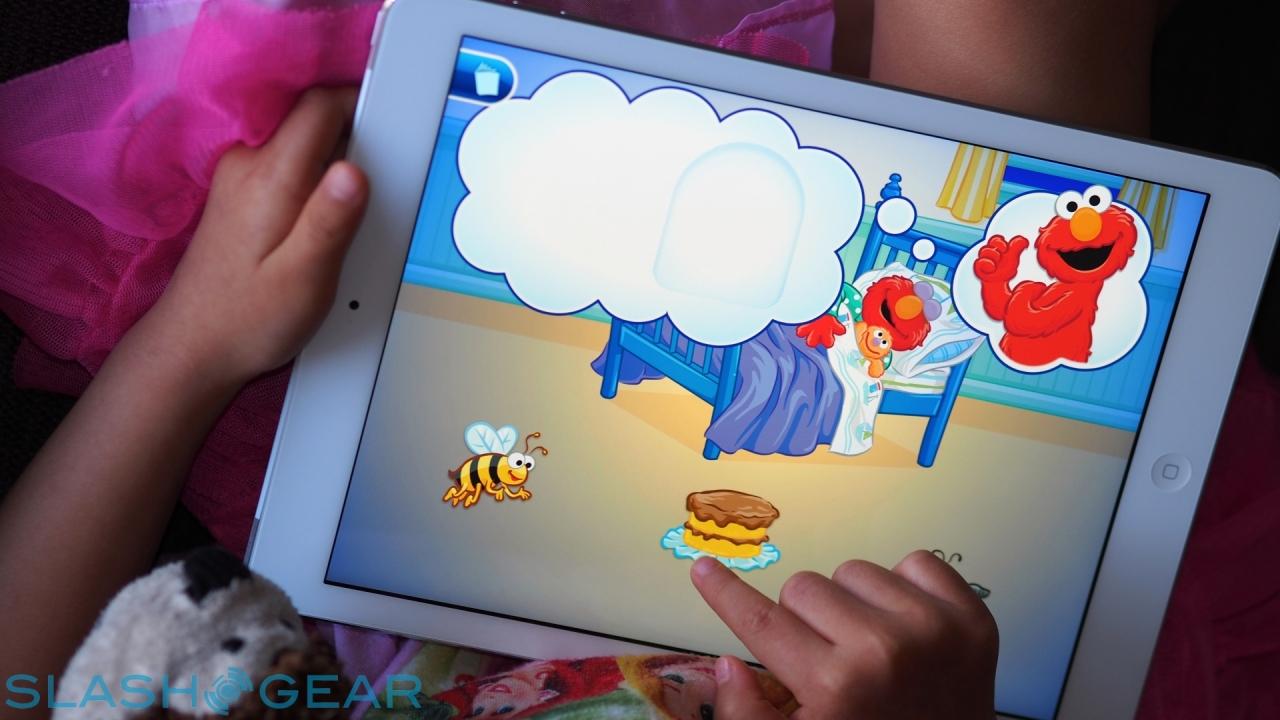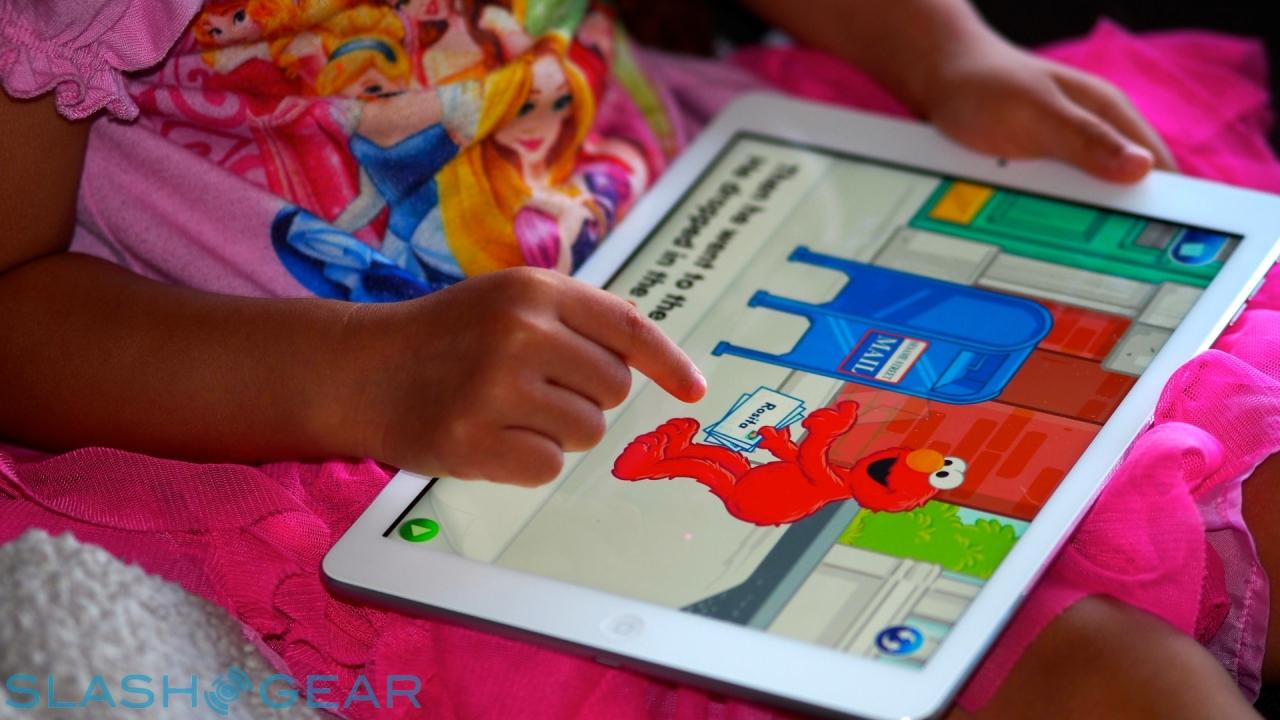iPad Air Review
Had the iPad lost its way? Not as a range, certainly; over the last twelve months, the iPad mini has been the darling of the tablet scene, coupling affordability with convenience and build quality. The full-sized, 9.7-inch iPad has arguably been sidelined since its smaller sibling's arrival, but no more as of the iPad Air. Now with a design that echoes the wow-factor of the original iPad, and the performance to match, the iPad Air narrows the gap between it and the iPad mini, paring away the compromises as it goes. The best tablet Apple has made? Read on for the full SlashGear review.
Design
Metal and glass. Apple's choice of materials for the iPad Air haven't changed much since the first-gen model back in 2010, yet the overall result is considerably different. In fact, the design of the iPad Air feels fresh and new, borrowing the delicate, squared-off clarity of form from the iPad mini.
It's also impressively thin and light. The Air measures in at 9.4 x 6.6 x 0.29 inches, meaning it's slim in the hand and considerably more narrow than the iPad 4, thanks to much-reduced bezels along the sides of the screen, but it's also noticeably easier to hold for extended periods tahanks to a weight of 1 pound (1.05 pounds if you opt for the LTE-equipped version). Together, those two factors make a considerable difference to how you use the iPad Air.
Where once our iPad of choice for reading or impromptu browsing might have been the iPad mini, the far reduced weight and bulk of the iPad Air make it an easier, grab-able option. At the same time, you still get that big, high-resolution display which, although functionally unchanged from the previous-gen, is still impressive in its detail. The Air is great for video consumption, kids games, and browsing the web, but you can now do it all single-handed.
It makes more of a difference than you might imagine. While you see plenty of full-sized iPads out in the wild, the majority of larger tablets spend their time indoors. With the iPad Air, however, we found ourselves far more likely to drop it into our bag than before, replacing the iPad mini and other 7- to 8-inch tablets as our go-to device for mobility purposes.
Hardware and Performance
If the outside of the iPad Air has evolved impressively, so has the inside. Apple has borrowed the excellent A7 chipset from the iPhone 5s for both of its new tablets, along with the M7 motion co-processor that gave the smartphone its contextual-awareness of movement.
The A7 did Apple proud on the newest iPhone, and it's certainly capable of powering the iPad Air along with aplomb too. Day to day, the combination of iOS 7 and the A7 processor mean apps simply fly, loading with alacrity, showing little to no delay even at system-intensive points like changing between well-loaded email inboxes or playing demanding 3D games, and opening up multiple tabs in Safari without question.
To get a handle on just how improved the iPad Air is over previous models, we looked at video processing in iMovie, which can be counted on to test a tablet to its limits. We tested using multiple files – lasting 1 minute, 5 minutes, and 8 minutes – at two resolutions – 720p and 1080p – on the iPad Air, the iPhone 5s, and the iPad 4. As the table shows, the iPad Air consistently out-performed the iPad 4, processing video in roughly half the time, as you'd expect given the step forward in processing potency.

However, the iPhone 5s and iPad Air are more alike, delivering video results in roughly the same time. Important to remember, of course, is how much preferable it is to actually use iMovie for iOS on a 9.7-inch display, versus a 4-inch iPhone screen or even a 7.9-inch iPad mini.
Meanwhile, the processor isn't the only change with this new generation. The front and back cameras still come in at 1.2-megapixels and 5-megapixels respectively, but Apple has used a new sensor for the FaceTime HD camera with physically larger pixels and improved backside illumination that improves its low-light performance.
The rear iSight camera, meanwhile, now supports HDR photography, as on the iPhone; it'll still record 1080p Full HD video, but now has a 3x digital zoom for use during capture. Both get to take advantage of the new dual microphones, which can work together for noise-reduction and more accurate pick-up during FaceTime or Skype video calls.
As for media playback, the iPad Air may have a compact chassis but its speakers are surprisingly capable. Certainly more than enough to fill a room unaided by an external dock, and while obviously lacking in some bass, they punch above their weight in terms of pure size.
What you don't get is Touch ID, Apple's biometric fingerprint security. Perhaps it is less necessary on an iPad: While a smartphone is unlocked and checked repeatedly throughout the day, a tablet is less prone to frequent lockings and unlockings. Our hopes for Touch ID-controlled user accounts would require support in iOS 7 that still isn't present, not to mention giving a better multi-user experience is arguably counter-productive to Apple, which would rather each person have an iOS device of their own.
As with previous models, two versions of the iPad Air will be offered: either WiFi-only or, for $130 more, a WiFi + Cellular version which adds in LTE for broader mobile use. Both the WiFi and cellular radios have been significantly upgraded since the last iPad, however, for better performance and convenience.
On the WiFi side, there's now dual band 2.4GHz and 5GHz support for 802.11n connections, plus two antennas for MIMO (multiple-input multiple-output) technology that, altogether, improve throughput and range when used with compatible routers. We noticed we were able to keep a strong WiFi signal in areas our previous iPad was beginning to struggle, though it's worth noting that Safari in iOS 7 is improved too so snappier page-load times are down to software enhancements alongside boosts to the wireless. Bluetooth 4.0 is still onboard.
On the cellular side, Apple now supports a huge fourteen LTE bands in a single iPad Air model, meaning the old situation of having several variants to suit different carriers across different countries is no more. Now, there's just one iPad Air for all locations, with a long list of compatible LTE (and HSPA+/DC-HSDPA for when 4G isn't available).
That makes a huge difference when you're traveling. Our testing of the iPad Air took us from the US to Tokyo, and we were able to continue using the tablet with no concerns about getting connected. Being able to step off a plane, flick off Airplane Mode, and get online in most locations instantly is liberating. The fact that Apple supplies the iPad Air unlocked also means you can drop in any local SIM to work around roaming data rates.
Battery
Apple quotes up to 10 hours of WiFi-connected browsing, video, or music from a full charge of the iPad Air, or alternatively 9 hours over a cellular connection. In practice, though, and with mixed use, we were blown away by just how long the iPad Air can last.
From a full charge, after more than 7 hours of frequent use – browsing over WiFi and cellular wireless, playing video files and music, and using apps and FaceTime – and almost 14.5 hours of standby, the iPad Air still had 77-percent of its battery remaining. Even when we purposefully tried to run the battery down, playing video and keeping the screen active, the iPad simply ran and ran.
If the best tablet is the one that has power when you need it, then the iPad Air is competitive on battery alone. Knowing you can reach into your bag for it day in, day out, without worrying about power is transformational.
Value
The iPad decision once was one of size or power. On the one hand, the iPad mini – underpowered, relatively speaking, and with a standard resolution display, but with the slender design that made it ideal for your bag; on the other, the full-sized iPad, more powerful certainly, and with that alluring Retina display, but comparatively bulky with it.

Now, the gap between the iPad Air and the iPad mini with Retina display has narrowed considerably. Both share the same processor, the same screen resolution. The difference comes down to scale: do you want the intimacy of a 7.9-inch panel, or the flexibility of a larger, 9.7-inch version. For families, media consumers, and video editors, we'd argue the iPad Air makes most sense; for individual users looking for a perpetual tablet companion inside the home and out, the smaller iPad mini with Retina display has unmistakable size advantages.
Apple, of course, continues to offer the non-Retina versions of both sizes of iPad. The original iPad mini allows Apple to hit a $299 starting price, but for our money we'd still opt to spend $100 more and go for the entry-level Retina display version: not only is the screen considerably better, but the processor makes a real difference to daily use. On the larger iPad, the $399 entry-level is far outclassed by the iPad Air: we'd recommend anybody to save up in whatever way they need to so as to get the most affordable $499 iPad Air instead.
Wrap-Up
The iPad Air is the no-compromise tablet. Beautiful display, crisp design, premium build quality: it's the gold-standard by which tablets are judged, and rightly so. If Apple's full-sized slates had fallen into the shadow of their mini brethren over the past twelve months, the iPad Air brings the larger tablet right back into the spotlight.
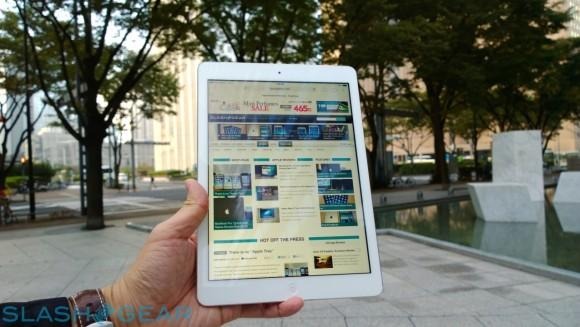
We can't fault the performance or the connectivity, and the battery life defies superlatives. Yes, you pay a premium for the WiFi + Cellular version, but at least this time around there's the reassurance of knowing that the same iPad will deliver LTE whether you jump from Verizon to AT&T or vice-versa. iOS 7 still divides opinion, but its simplicity and consistency looks great on the high-resolution Retina screen.
For some, the more compact iPad mini with Retina display will be the more portable iOS tablet of preference. For others, the wider range of Android tablets, often more affordable will hold greater appeal. Yet, for its combination of connectivity, longevity, power, app selection, and relentlessly pared-back design, the iPad Air ticks the boxes that make it the tablet for the everyman.

